
What is ethalfluralin and what does this herbicide have to do with growing hemp?


Public Comment Open for Updated Cannabis Pesticide Testing Regulations in California

What is ethalfluralin and what does this herbicide have to do with growing hemp?

Dr. Anthony Macherone of Agilent Technologies discusses what he hopes to see change in the future regarding cannabis regulations and testing guidelines.
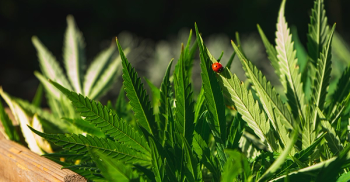
Todd Statzer, the Vice President of Environmental Sciences at urban-gro, offers some tips for pesticide use in cannabis cultivation.
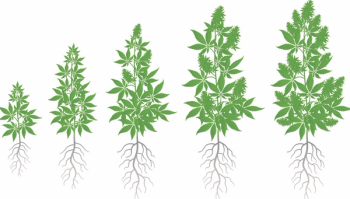
Here we discuss the ways in which chemical pesticides interact with plant physiology.
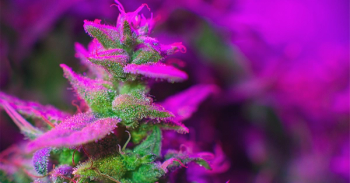
A study using LC-qTOF, GCqTOF, and GC–MS/MS to evaluate the selectivity of a model pesticide commonly found in regulatory target lists.

Laboratories are challenged with highly regulated and difficult sample schematics, sample preparation, extraction, and testing procedures that try to ensure accuracy and precision of testing. Accuracy in analytical testing starts at the very beginning with sampling and sample preparation prior to testing.
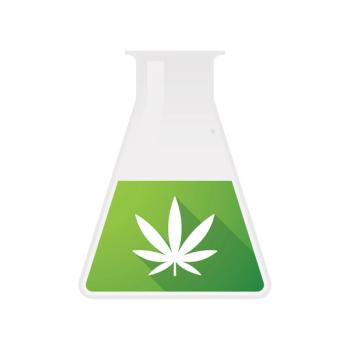
Too often, cannabis laboratories get different results on the same sample. There are a number of causes and solutions. In this installment, the problem is presented along with its causes.

Cannabis distillate samples spiked with known amounts of pesticides were submitted to five cannabis testing laboratories-here are the results.
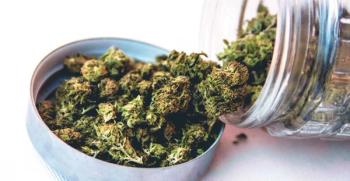
How two different LC–MS/MS methods with ESI and APCI were used for low-level analysis of 72 pesticides

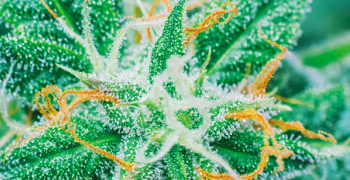



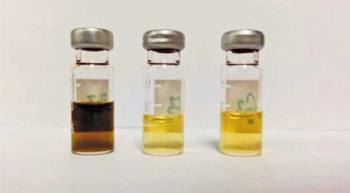
The method described here allows for the simultaneous analysis of 47 pesticides and five mycotoxins in cannabis in one simple QuEChERS procedure. This simple method is designed for implementation in start-up laboratories and in established laboratories that wish to streamline their sample preparation process, decrease solvent usage, and obtain accurate and fast results.
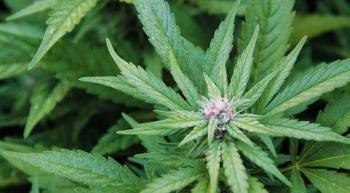
Well-established techniques used by the food safety industry, such as QuEChERS sample preparation followed by LC–MS/MS for the analysis of multiresidue pesticides, are evaluated for use with cannabis plant material.

Compact mass spectrometry, in combination with suitable sample introduction techniques-such as the atmospheric solids analysis probe, thin-layer chromatography, and classical liquid chromatography techniques-can be used effectively for the detection and quantification of cannabinoids and pesticides in cannabis-related material and contraband.

QuEChERS is introduced to the discipline of forensic testing as a viable method for the extraction of pesticides and cannabinoids in various complex sample matrices

An interview with Susan Audino

An interview with Jeffrey C. Raber

